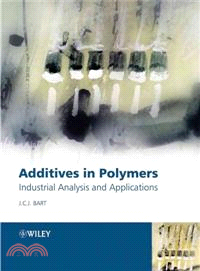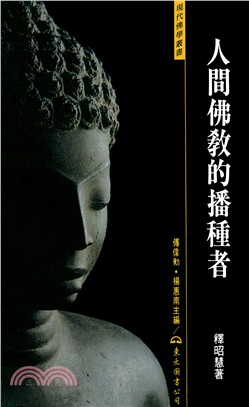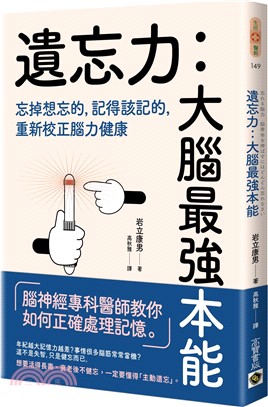Additives In Polymers - Industrial Analysis And Applications
商品資訊
商品簡介
- Each technique is evaluated on its technical and industrial merits.
- Emphasis is on understanding (principles and characteristics) and industrial applicability.
- Extensively illustrated throughout with over 200 figures, 400 tables, and 3,000 references.
作者簡介
He is also a member of the Royal Society of Chemistry, Royal Dutch Chemical Society, Society of Plastic Engineers and The Institute of Materials.
目次
Preface.
About the Author.
Acknowledgements.
Chapter 1: Introduction.
1.1 Additives.
1.2 Plastics formulations .
1.3 Economic impact of polymer additives.
1.4 Analysis of plastics.
1.5 Bibliography.
1.6 References.
Chapter 2: Deformulation Principles.
2.1 Polymer identification.
2.2 Additive analysis of rubbers: ‘Best Practice’.
2.3 Polymer extract analysis.
2.4 In situ polymer/additive analysis.
2.5 Class-specific polymer/additive analysis.
2.6 Bibliography.
2.7 References.
Chapter 3: Sample Preparation Perspectives.
3.1 Solvents.
3.2 Extraction strategy.
3.3 Conventional extraction technologies.
3.4 High-pressure solvent extraction methods.
3.5 Sorbent extraction.
3.6 Methodological comparison of extraction methods.
3.7 Polymer/additive dissolution methods.
3.8 Hydrolysis.
3.9 Bibliography.
3.10 References.
Chapter 4: Separation Techniques.
4.1 Analytical detectors.
4.2 Gas chromatography.
4.3 Supercritical fluid chromatography.
4.4 Liquid chromatography techniques.
4.5 Capillary electrophoretic techniques.
4.6 Bibliography.
4.7 References.
Chapter 5: Polymer/Additive Analysis: The Spectroscopic Alternative.
5.1 Ultraviolet/visible spectrophotometry.
5.2 Infrared spectroscopy.
5.3 Luminescence spectroscopy.
5.4 High-resolution nuclear magnetic resonance spectroscopy.
5.5 Bibliography.
5.6 References.
Chapter 6: Organic Mass-Spectrometric Methods.
6.1 Basic instrumentation.
6.2 Ion sources.
6.3 Mass analysers.
6.4 Direct mass-spectrometric polymer compound analysis.
6.5 Ion mobility spectrometry.
6.6 Bibliography.
6.7 References.
Chapter 7: Multihyphenation and Multidimensionality in Polymer/Additive Analysis.
7.1 Precolumn hyphenation.
7.2 Coupled sample preparation – spectroscopy/spectrometry.
7.3 Postcolumn hyphenation.
7.4 Multidimensional chromatography.
7.5 Multidimensional spectroscopy.
7.6 Bibliography.
7.7 References.
Chapter 8: Inorganic and Element Analytical Methods.
8.1 Element analytical protocols.
8.2 Sample destruction for classical elemental analysis.
8.3 Analytical atomic spectrometry.
8.4 X-ray spectrometry.
8.5 Inorganic mass spectrometry.
8.6 Radioanalytical and nuclear analytical methods.
8.7 Electroanalytical techniques.
8.8 Solid-state speciation analysis.
8.9 Bibliography.
8.10 References.
Chapter 9: Direct Methods of Deformulation of Polymer/Additive Dissolutions.
9.1 Chromatographic methods.
9.2 Spectroscopic techniques.
9.3 Mass-spectrometric methods.
9.4 References.
Chapter 10: A Vision for the Future.
10.1 Trends in polymer technology.
10.2 Trends in additive technology.
10.3 Environmental, legislative and regulatory constraints.
10.4 Analytical consequences.
10.5 Epilogue.
10.6 Bibliography.
10.7 References.
Appendix I: List of Symbols.
Appendix II: Functionality of Common Additives Used in Commercial Thermoplastics, Rubbers and Thermosetting Resins.
Appendix III: Specimen Polymer Additives Product Sheets.
Index.
主題書展
更多書展本週66折
您曾經瀏覽過的商品
購物須知
外文書商品之書封,為出版社提供之樣本。實際出貨商品,以出版社所提供之現有版本為主。部份書籍,因出版社供應狀況特殊,匯率將依實際狀況做調整。
無庫存之商品,在您完成訂單程序之後,將以空運的方式為你下單調貨。為了縮短等待的時間,建議您將外文書與其他商品分開下單,以獲得最快的取貨速度,平均調貨時間為1~2個月。
為了保護您的權益,「三民網路書店」提供會員七日商品鑑賞期(收到商品為起始日)。
若要辦理退貨,請在商品鑑賞期內寄回,且商品必須是全新狀態與完整包裝(商品、附件、發票、隨貨贈品等)否則恕不接受退貨。


















![漂鳥集[中英雙語版]](https://cdnec.sanmin.com.tw/product_images/957/957146403.jpg)




